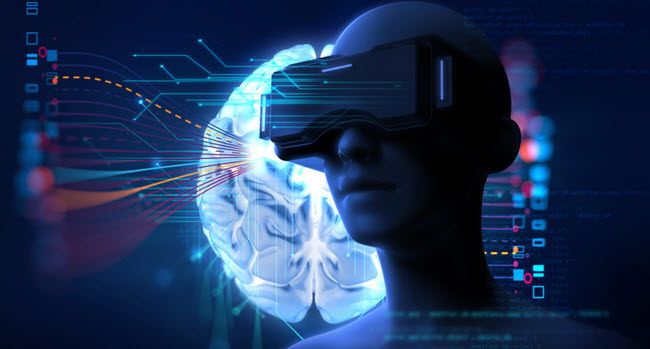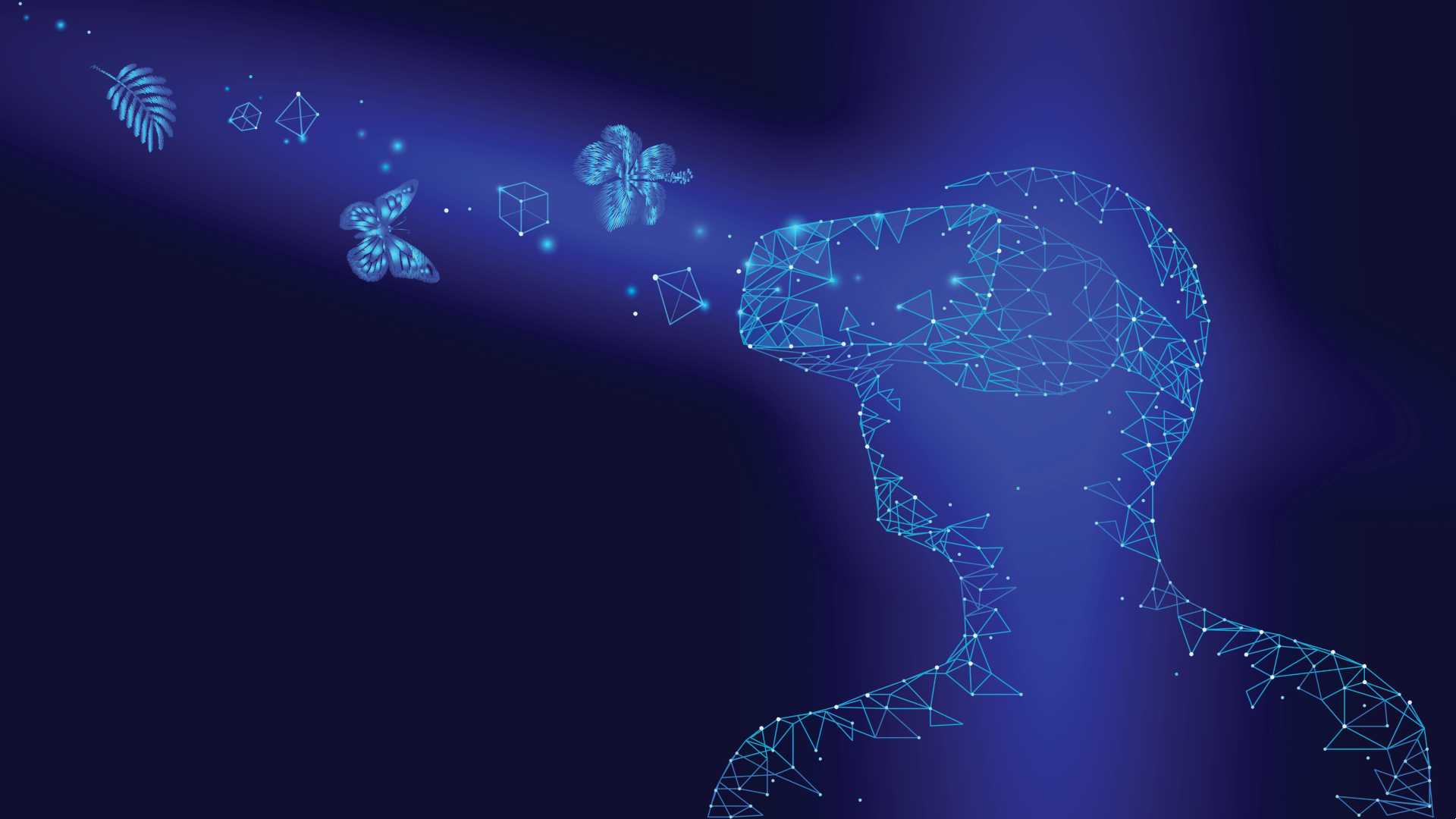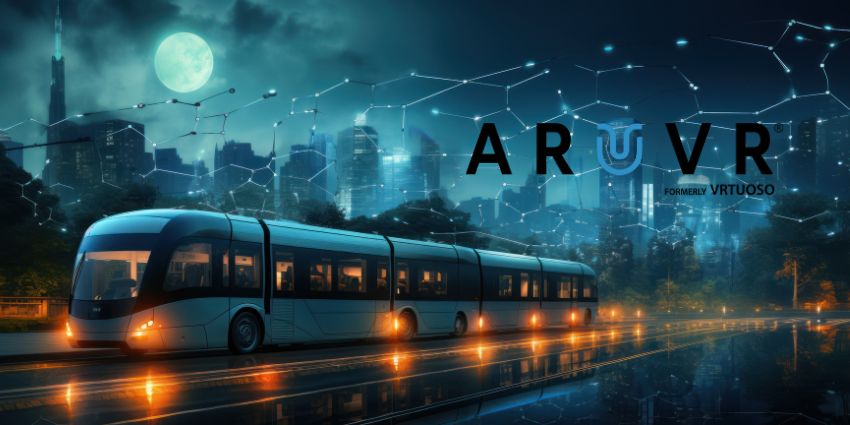In many high-pressure situations such as emergency medicine, law enforcement, firefighting, air traffic control and the military the litmus test for success is behavioral performance.
It is one thing to know “what” to do, and to have the ability to verbalize the appropriate steps to achieve some aim, but it is another to know “how” to do it, and to generate the appropriate behaviors in the correct sequence quickly and accurately. The ability to verbalize is important for communication, but the ability to behave appropriately is often the difference between life and death.
Not only does one want to master the appropriate behavioral repertoire, but one must be able to generate these behaviors under time or social pressure, when all the necessary senses are unavailable (e.g., when in a smoke-filled room), or when some of the optimal tools are unavailable (e.g., when some medicine or medical tools are absent). In other words, one wants to obtain behavioral situational awareness.
Traditional approaches to emergency medical, law enforcement, firefighting, air traffic control and military training start with textbook and classroom study, then later introduce real-world practice, often through simulation. From a learning science perspective—the marriage of psychology and brain science—this means that you begin by training a cognitive understanding of the problem before training a behavioral understanding. This sequential approach to training, where you become proficient with the cognitive (textbooks and classroom) then become proficient with behavioral (real world or simulation) is suboptimal.
Learning science suggests that a better approach is to engage cognitive learning systems in the brain, such as the prefrontal cortex and medial temporal lobes, simultaneously with behavioral learning system in the brain such as the basal ganglia. Taken a step further, the optimal approach is to engage these cognitive and behavioral systems in the brain within an experience. To quote Albert Einstein, “Learning is an experience. Everything else is just information.” By engaging cognitive and behavioral systems within an experience, one broadly recruits the prefrontal cortex/medial temporal lobes (cognitive), basal ganglia (behavioral), and sensory experiential regions such as the occipital, temporal and parietal lobes. Critically, this broad-based brain activation occurs in synchrony, and results in multiple, interconnected memory traces that are less susceptible to forgetting.
One reason for traditional, sequential approaches to training is that real-world and simulation training is expensive, time-consuming and not scalable. Thus, the reasoning is that an initial focus on cognitive training will “bootstrap” the learner and require less real-world and simulation training to achieve behavioral mastery. The problem with this reasoning is that behavioral learning systems are distinct from cognitive learning systems in the brain and they have very different processing characteristics. Cognitive learning systems in the brain are ineffective at “bootstrapping” behavioral learning systems in the brain, which explains why learners often feel like they are “starting from scratch” when they begin real-world or simulation-based behavioral training.
To quote Albert Einstein, ‚Learning is an experience‘
This is where virtual reality (VR) offers an ideal solution. With VR you can train the cognitive and behavioral learning systems in the brain within a context-rich experience. This broadly engages cognitive, behavioral and experiential learning systems in the brain in synchrony resulting in faster and more stable learning. Relative to real-world or simulation training, VR training is cost-effective, time-effective, and scalable. This allows the learner to obtain essentially limitless training on a broad array of situations. This is necessary to obtain mastery and expertise.
The range of situations that can be trained is essentially infinite. One can train on routine situations such as patrolling a peaceful demonstration or takeoff and landing under ideal weather conditions and non-routine situations such as crowd control during an escalating riot or takeoff and landing during a fast-moving weather pattern. One can train safely on dangerous situations such as an emergency C-section or infiltrating an insurgent hideout. Finally, one can train in situations that would be too expensive to train extensively with simulation such as a large war exercise or a massive viral outbreak. All of these situations can be trained under time pressure or under no time pressure, in loud and chaotic environments versus those free of distraction, or with adequate or inadequate preparation and equipment.
By training on a broad-range of situations under different levels of emotional stress, the learner can develop the situational awareness needed to “read” the current situation and to anticipate future, choosing the right course of action now and being prepared to change course in an instant if need be.
The range of situations that can be trained with immersive technologies is essentially infinite
hese high-pressure situations are ones that require preparedness before entering the workforce. One cannot afford to rely on on-the-job training in emergency medicine, law enforcement, firefighting, air traffic control, the military or any number of other jobs. They are too important for society and one wrong move can be the difference between life and death. When done right, VR offers the promise of effective training that will leave the learner job-ready from day one. The professional willing to undertake these high-stakes jobs deserves this level of preparedness and so does the public that they serve.
For companies looking to get into Immersive technologies such as VR/AR/MR/XR our Virtual Reality Consultancy services offer guidance and support on how best to incorporate these into your brand strategy.
Quelle:
https://techtrends.tech/tech-trends/the-brain-science-of-simulation-training-with-virtual-reality/




